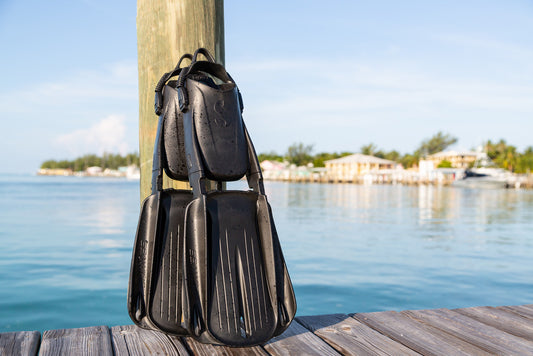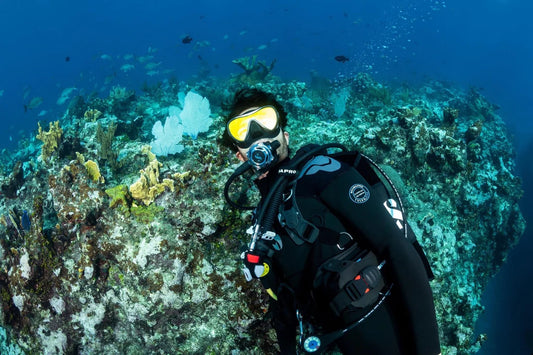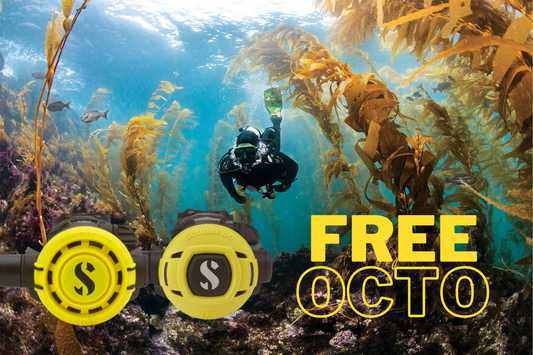
Bantin's Blog - Are You Using Nitrox?
There's nothing complex or mysterious about nitrox. What is nitrox? Air is mainly made up of two gases - 21% oxygen and 79% nitrogen. We metabolise some oxygen in the air we breathe but the greater part, the nitrogen, is inert. When we put ourselves under pressure, as we do when we go under water, our bodies absorb some of this inert nitrogen. As we go deeper and stay longer we absorb more. The time that we spend underwater is limited by the amount of that nitrogen we absorb. That is why we use dive tables or a diving-computer.
So why not breathe an air that has less inert nitrogen gas and so reduce the problem? If you've been breathing air, you've already been breathing nitrox - nitrox21. Other nitrox mixes have the percentage of oxygen increased and therefore the percentage of nitrogen is decreased. For example, nitrox32 has 32% oxygen and nitrox36 has 36% oxygen.
Breathing a richer nitrox mix instead of plain old air reduces the chance of decompression illness due to a diver staying down too long or coming up too quickly - providing no-stop times and ascent-rates for air are adhered to. You can either use it to add safety to your diving, to increase your bottom times or to combine the two.
If you want to continue with conventional levels of caution you can simply adjust your decompression requirement by adjusting your computer to match the nitrox mix you use and in that way get more time underwater. There are also nitrox tables to suit different mixes.
However oxygen too has its problems too. Pure oxygen becomes poisonous at quite low pressures. It is currently thought unsafe to breathe pure oxygen at a greater pressure than 1.6 bars underwater and that occurs at only 6m deep. (The effect is accumulative over time rather than instant.) Therefore each specific nitrox mix has its own maximum operating depth and nitrox training agencies are unanimous in limiting the use of oxygen to 1.4bars of partial pressure within a mix with nitrogen.
What you need to know is that the oxygen in air (nitrox21) can become hazardous at 54m deep. That does not affect leisure divers limited to an absolute maximum depth of 40m. A standard mix of nitrox32 should not be breathed deeper than 32m. Some training agencies tells new divers that this limit is 30m anyway. Most popular sites for diving in the world now adhere to a 30m limit for leisure diving anyway. PADI Open Water Divers with Level One training are still limited to a maximum depth of 18m during training as before but suitably qualified divers can use nitrox32 to its full maximum operating depth (MOD).
So no additional diving equipment is needed, only the knowledge of how to analyse the contents of a tank before diving, using the analyser supplied by the dive-centre. The day is foreseen when all new divers will start off breathing nitrox and air for diving will only be for specialised uses.
More advanced divers that have been deeper than normal leisure diving depths use nitrox to speed up their decompression. They take additional tanks of rich nitrox with them and swap to these once they have ascended shallow enough for it to be safe do so. There are more advanced diving computers that allow you to set different levels of nitrox and to switch to the one that matches the actual mix the diver is currently breathing, and in that way track both decompression requirements and oxygen exposure accurately.
Sign up with your dive school for a nitrox course if you aren't yet certified. It could be the most important course you do since you were originally took up diving.
Happy Diving - John Bantin



